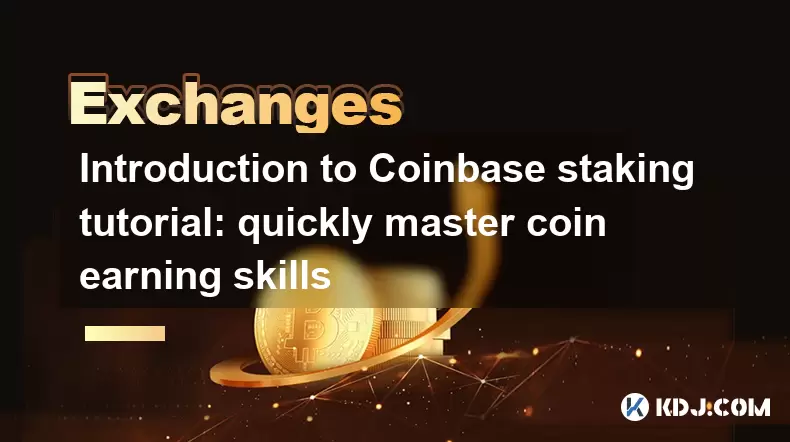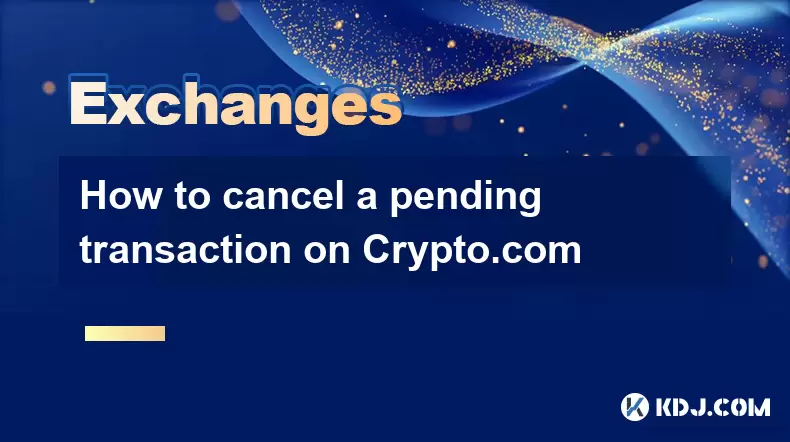-
 Bitcoin
Bitcoin $116600
0.45% -
 Ethereum
Ethereum $3902
1.46% -
 XRP
XRP $3.330
8.48% -
 Tether USDt
Tether USDt $1.000
0.02% -
 BNB
BNB $786.2
1.53% -
 Solana
Solana $176.5
2.61% -
 USDC
USDC $0.9998
0.00% -
 Dogecoin
Dogecoin $0.2219
3.89% -
 TRON
TRON $0.3390
-0.05% -
 Cardano
Cardano $0.7905
3.12% -
 Stellar
Stellar $0.4595
11.06% -
 Hyperliquid
Hyperliquid $41.14
5.28% -
 Sui
Sui $3.803
2.17% -
 Chainlink
Chainlink $19.28
11.13% -
 Bitcoin Cash
Bitcoin Cash $579.0
0.94% -
 Hedera
Hedera $0.2604
3.41% -
 Avalanche
Avalanche $23.30
2.76% -
 Ethena USDe
Ethena USDe $1.001
-0.03% -
 Litecoin
Litecoin $121.7
1.10% -
 UNUS SED LEO
UNUS SED LEO $8.983
0.36% -
 Toncoin
Toncoin $3.342
0.92% -
 Shiba Inu
Shiba Inu $0.00001287
1.98% -
 Uniswap
Uniswap $10.53
3.87% -
 Polkadot
Polkadot $3.882
2.79% -
 Dai
Dai $1.000
0.00% -
 Bitget Token
Bitget Token $4.471
1.77% -
 Cronos
Cronos $0.1517
2.88% -
 Monero
Monero $263.4
-4.80% -
 Pepe
Pepe $0.00001109
2.63% -
 Aave
Aave $282.5
2.95%
Introduction to Coinbase staking tutorial: quickly master coin earning skills
Learn to stake on Coinbase with ease: sign up, verify, fund, and stake your crypto to earn rewards. Maximize gains by staking more and diversifying.
May 31, 2025 at 04:42 pm

In the world of cryptocurrencies, staking has emerged as a popular method for users to earn passive income on their holdings. Coinbase, one of the leading cryptocurrency exchanges, offers a user-friendly platform for staking various coins. This article provides a comprehensive introduction to Coinbase staking tutorial, guiding you through the process of quickly mastering coin earning skills.
Understanding Staking on Coinbase
Staking is the process of holding funds in a cryptocurrency wallet to support the operations of a blockchain network. In return, users receive rewards, often in the form of additional cryptocurrency. Coinbase facilitates staking for several cryptocurrencies, including Ethereum 2.0, Tezos, and Cardano. By participating in staking through Coinbase, users can earn rewards without the need for technical expertise or managing their own validator nodes.
To begin staking on Coinbase, users need to have a supported cryptocurrency in their Coinbase account. The platform automatically handles the staking process, making it accessible even for beginners. Rewards are calculated based on the amount staked and the duration of the stake, and they are distributed directly to the user's Coinbase account.
Setting Up Your Coinbase Account for Staking
Before you can start staking, you need to ensure your Coinbase account is set up correctly. Here are the steps to prepare your account for staking:
- Sign up for a Coinbase account if you don't already have one. You can do this by visiting the Coinbase website and following the registration process.
- Verify your identity. Coinbase requires users to complete a KYC (Know Your Customer) process, which involves submitting personal information and a government-issued ID.
- Add a payment method. You'll need to link a bank account, credit card, or debit card to your Coinbase account to fund your cryptocurrency purchases.
- Purchase the cryptocurrency you want to stake. Navigate to the 'Buy/Sell' section of Coinbase, select the cryptocurrency you wish to stake, and complete the transaction.
Once these steps are completed, your Coinbase account is ready for staking.
How to Stake on Coinbase
Staking on Coinbase is straightforward and can be done in a few simple steps:
- Navigate to the 'Earn' section of your Coinbase account. This section is where you can find all the cryptocurrencies available for staking.
- Select the cryptocurrency you want to stake. Coinbase will display a list of supported cryptocurrencies along with the estimated annual percentage yield (APY) for each.
- Click on the 'Stake' button next to the cryptocurrency you've chosen. A window will pop up with details about the staking process, including the minimum amount required to stake and the lock-up period.
- Enter the amount you want to stake and confirm the transaction. The staked amount will be locked in your Coinbase account and begin earning rewards.
It's important to note that the specific steps may vary slightly depending on the cryptocurrency you are staking. Always read the details provided by Coinbase to ensure you understand the terms and conditions of staking.
Managing Your Staked Assets
Once you've staked your assets, managing them is relatively simple. Coinbase provides a clear interface where you can:
- View your staked balance. This shows the total amount of cryptocurrency you have staked.
- Monitor your rewards. Coinbase will display the rewards you've earned from staking, which are typically added to your account balance on a regular basis.
- Unstake your assets. If you decide to unstake your cryptocurrency, you can do so by navigating to the 'Earn' section, selecting the staked asset, and choosing the option to unstake. Note that some cryptocurrencies may have a lock-up period, during which you cannot unstake.
Regularly checking your staked assets and rewards ensures that you stay informed about your earnings and can make adjustments as needed.
Maximizing Your Staking Rewards
To maximize your staking rewards on Coinbase, consider the following strategies:
- Stake larger amounts. Generally, the more you stake, the more rewards you can earn. However, always ensure you are comfortable with the amount you are locking up.
- Diversify your staking portfolio. Staking different cryptocurrencies can help you spread risk and potentially increase your overall rewards.
- Stay informed about staking changes. Coinbase may update the APY for different cryptocurrencies or add new staking options. Keeping up with these changes can help you optimize your staking strategy.
By implementing these strategies, you can enhance your earnings from staking on Coinbase.
Common Pitfalls to Avoid
While staking on Coinbase is user-friendly, there are some common pitfalls to avoid:
- Not reading the terms. Each cryptocurrency may have different staking requirements, such as minimum amounts and lock-up periods. Make sure you understand these before staking.
- Staking more than you can afford to lock up. Since some staked assets may have lock-up periods, ensure you are not staking funds you may need in the short term.
- Ignoring fees. While Coinbase does not charge fees for staking, there may be network fees associated with the blockchain you are staking on. Be aware of these to avoid unexpected costs.
By being mindful of these potential issues, you can have a smoother and more profitable staking experience.
Frequently Asked Questions
Q: Can I stake any cryptocurrency on Coinbase?
A: No, Coinbase only supports staking for specific cryptocurrencies, such as Ethereum 2.0, Tezos, and Cardano. Always check the 'Earn' section of Coinbase to see which cryptocurrencies are available for staking.
Q: How often are staking rewards distributed on Coinbase?
A: Staking rewards on Coinbase are typically distributed on a regular basis, which can vary depending on the cryptocurrency. Rewards are usually added to your account balance automatically.
Q: Is it possible to lose my staked assets on Coinbase?
A: While staking on Coinbase is generally safe, there is always a risk associated with cryptocurrencies. However, Coinbase handles the technical aspects of staking, reducing the risk of losing assets due to technical errors.
Q: Can I withdraw my staked assets at any time?
A: This depends on the cryptocurrency you are staking. Some cryptocurrencies have lock-up periods during which you cannot withdraw your staked assets. Always check the specific terms for each cryptocurrency before staking.
Disclaimer:info@kdj.com
The information provided is not trading advice. kdj.com does not assume any responsibility for any investments made based on the information provided in this article. Cryptocurrencies are highly volatile and it is highly recommended that you invest with caution after thorough research!
If you believe that the content used on this website infringes your copyright, please contact us immediately (info@kdj.com) and we will delete it promptly.
- Bitcoin in 2025: The Impossibility of Ownership?
- 2025-08-08 20:30:12
- ZORA's Ascent: Trading Volume Surges, Price Targets in Sight
- 2025-08-08 20:30:12
- Solana, Rollblock, and Crypto Gaming: Charting the Trends in 2025
- 2025-08-08 19:50:11
- BlockchainFX: The Crypto Presale Investors Can't Ignore
- 2025-08-08 19:10:12
- Pump.fun, Memecoins, Glass Full: Solana's Launchpad Wars Heat Up!
- 2025-08-08 18:50:12
- Crypto Market Heats Up: Altcoin Spree Drives Market Cap to $3.87T
- 2025-08-08 19:05:02
Related knowledge

How to use margin trading on Poloniex
Aug 08,2025 at 09:50am
Understanding Margin Trading on Poloniex

How to use advanced trading on Gemini
Aug 08,2025 at 04:07am
Understanding Advanced Trading on GeminiAdvanced trading on Gemini refers to a suite of tools and order types designed for experienced traders who wan...

How to get my API keys from KuCoin
Aug 08,2025 at 06:50pm
Understanding API Keys on KuCoinAPI keys are essential tools for users who want to interact with KuCoin's trading platform programmatically. These key...

How to deposit USD on Bitstamp
Aug 07,2025 at 05:18pm
Understanding Bitstamp and USD DepositsBitstamp is one of the longest-standing cryptocurrency exchanges in the industry, offering users the ability to...

How to use the Kraken Pro interface
Aug 08,2025 at 09:57am
Understanding the Kraken Pro Interface LayoutThe Kraken Pro interface is designed for both novice and experienced traders seeking a streamlined experi...

How to cancel a pending transaction on Crypto.com
Aug 08,2025 at 08:42pm
Understanding Pending Transactions on Crypto.comWhen using Crypto.com, a pending transaction refers to a transfer of cryptocurrency that has been init...

How to use margin trading on Poloniex
Aug 08,2025 at 09:50am
Understanding Margin Trading on Poloniex

How to use advanced trading on Gemini
Aug 08,2025 at 04:07am
Understanding Advanced Trading on GeminiAdvanced trading on Gemini refers to a suite of tools and order types designed for experienced traders who wan...

How to get my API keys from KuCoin
Aug 08,2025 at 06:50pm
Understanding API Keys on KuCoinAPI keys are essential tools for users who want to interact with KuCoin's trading platform programmatically. These key...

How to deposit USD on Bitstamp
Aug 07,2025 at 05:18pm
Understanding Bitstamp and USD DepositsBitstamp is one of the longest-standing cryptocurrency exchanges in the industry, offering users the ability to...

How to use the Kraken Pro interface
Aug 08,2025 at 09:57am
Understanding the Kraken Pro Interface LayoutThe Kraken Pro interface is designed for both novice and experienced traders seeking a streamlined experi...

How to cancel a pending transaction on Crypto.com
Aug 08,2025 at 08:42pm
Understanding Pending Transactions on Crypto.comWhen using Crypto.com, a pending transaction refers to a transfer of cryptocurrency that has been init...
See all articles

























































































